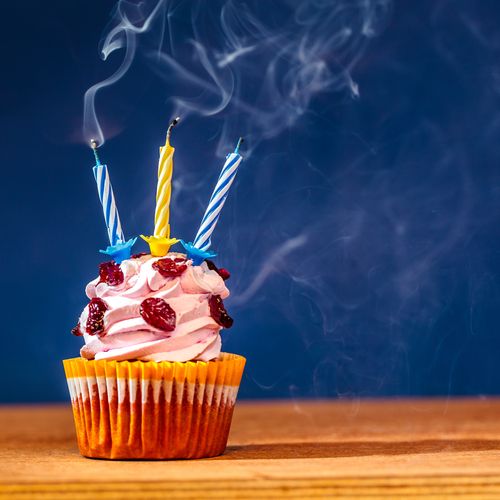
The journey from childhood to adulthood is a significant one, filled with lessons, growth, and new responsibilities. Coming-of-age ceremonies mark this transition, celebrating not only the individual but also their connection to the community. By thoughtfully planning these ceremonies, families and communities can create a lasting sense of meaning and belonging.
Understanding the Importance of Coming-of-Age Rituals
Coming-of-age ceremonies are more than a celebration—they are a rite of passage that helps individuals feel recognized and validated as they grow into new stages of their lives. These rituals can build a bridge between generations, providing an opportunity for young people to connect with cultural traditions or create new ones unique to their experience.
For many cultures around the world, coming-of-age rituals are pivotal events that establish roles within the community. These rituals help young people understand their place in society while honoring the values and traditions that shape them. Even if your family does not have a formal tradition, designing a ceremony can add depth and significance to a young person’s transition into adulthood.
How to Design a Personalized Coming-of-Age Ceremony
Designing a meaningful coming-of-age ceremony involves intentionality and creativity. Below are some steps to help you plan a memorable event:
1. Establish the Core Theme
- Identity: Help the young person explore who they are and what they value.
- Community Connection: Focus on how they contribute to their family, community, or social circle.
- Tradition: Incorporate cultural or spiritual traditions to add depth.
Start by discussing what is important to the individual—whether that’s heritage, values, or personal milestones. This can help inform the activities and symbols you choose to include.
2. Create Symbolic Activities
- Symbolic acts can make the ceremony more meaningful. Examples include:
- Lighting a candle: Symbolizing moving from one stage of life to another.
- Sharing a special item: Passing down a piece of family history or a meaningful gift that represents a new stage of responsibility.
- Offering advice: Invite friends or family members to share life lessons or stories.
- The symbolism behind these acts helps reinforce the themes of growth, maturity, and continuity.
3. Invite the Right People
Coming-of-age ceremonies are personal—consider involving those who have had a strong influence on the individual’s life. Whether it’s immediate family, close friends, or respected mentors, these people contribute to the sense of support and belonging that underpins a coming-of-age ritual.
Adding Ritual Elements for Deeper Meaning
Including specific ritual elements can add emotional weight and meaning to the ceremony. Here are some ideas for incorporating rituals:
Storytelling and Wisdom Sharing
Invite elders or mentors to share stories from their own lives or from the family history. The wisdom shared during these ceremonies helps to connect the younger generation to the lineage of experiences that came before them, adding depth and understanding to their journey.
Tips for Storytelling:
- Keep stories short and meaningful.
- Use humor or personal anecdotes to make them relatable.
- Include advice or life lessons.
Symbolic Gifts
Another meaningful addition is the giving of a symbolic gift. This could be a piece of jewelry, a special book, or something that carries personal significance. Ideally, the gift should represent maturity, growth, or something the young person can carry with them as they move into adulthood.
Making the Ceremony Culturally Relevant
If you have a cultural background with existing traditions, incorporating them can create a rich, meaningful experience. Many families draw upon:
- Religious Ceremonies: Involving prayers, blessings, or other elements of the family's spiritual practices.
- Cultural Symbols: Items like candles, traditional attire, or dances can be included to pay homage to cultural roots.
- Ritual Foods: Serving a special meal that reflects cultural traditions helps to further connect the experience with heritage.
The inclusion of cultural elements can turn a coming-of-age ceremony into something timeless, ensuring that the young person feels proud of where they come from as they step into their future.
Embracing the Next Chapter
Coming-of-age ceremonies are a powerful way to acknowledge the growth and transition of a young person, helping them understand their new responsibilities and their place within a community. Whether rooted in cultural traditions or uniquely crafted, these ceremonies celebrate individuality while emphasizing belonging and maturity—making the step into adulthood both memorable and meaningful.